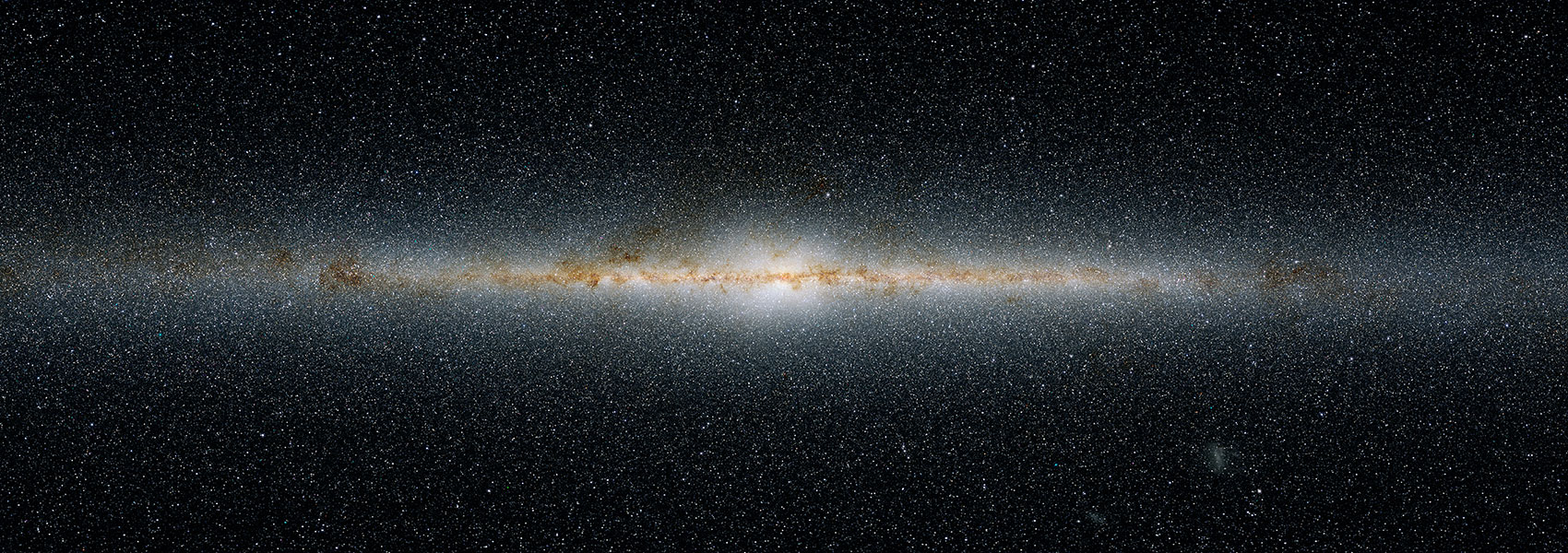December
2021
•
2021AJ....162..295C
Authors
•
Cale, Bryson L.
•
Reefe, Michael
•
Plavchan, Peter
•
Tanner, Angelle
•
Gaidos, Eric
•
Gagné, Jonathan
•
Gao, Peter
•
Kane, Stephen R.
•
Béjar, Víctor J. S.
•
Lodieu, Nicolas
•
Anglada-Escudé, Guillem
•
Ribas, Ignasi
•
Pallé, Enric
•
Quirrenbach, Andreas
•
Amado, Pedro J.
•
Reiners, Ansgar
•
Caballero, José A.
•
Rosa Zapatero Osorio, María
•
Dreizler, Stefan
•
Howard, Andrew W.
•
Fulton, Benjamin J.
•
Xuesong Wang, Sharon
•
Collins, Kevin I.
•
El Mufti, Mohammed
•
Wittrock, Justin
•
Gilbert, Emily A.
•
Barclay, Thomas
•
Klein, Baptiste
•
Martioli, Eder
•
Wittenmyer, Robert
•
Wright, Duncan
•
Addison, Brett
•
Hirano, Teruyuki
•
Tamura, Motohide
•
Kotani, Takayuki
•
Narita, Norio
•
Vermilion, David
•
Lee, Rena A.
•
Geneser, Claire
•
Teske, Johanna
•
Quinn, Samuel N.
•
Latham, David W.
•
Esquerdo, Gilbert A.
•
Calkins, Michael L.
•
Berlind, Perry
•
Zohrabi, Farzaneh
•
Stibbards, Caitlin
•
Kotnana, Srihan
•
Jenkins, Jon
•
Twicken, Joseph D.
•
Henze, Christopher
•
Kidwell, Richard
•
Burke, Christopher
•
Villaseñor, Joel
•
Boyd, Patricia
Abstract
•
We present updated radial-velocity (RV) analyses of the AU Mic system. AU Mic is a young (22 Myr) early-M dwarf known to host two transiting planets-P b ~ 8.46 days, ${R}_{b}={4.38}_{-0.18}^{+0.18}\ {R}_{\oplus }$ , P c ~ 18.86 days, ${R}_{c}={3.51}_{-0.16}^{+0.16}\ {R}_{\oplus }$ . With visible RVs from Calar Alto high-Resolution search for M dwarfs with Exo-earths with Near-infrared and optical echelle Spectrographs (CARMENES)-VIS, CHIRON, HARPS, HIRES, MINERVA-Australis, and Tillinghast Reflector Echelle Spectrograph, as well as near-infrared (NIR) RVs from CARMENES-NIR, CSHELL, IRD, iSHELL, NIRSPEC, and SPIRou, we provide a 5σ upper limit to the mass of AU Mic c of M c ≤ 20.13 M ⊕ and present a refined mass of AU Mic b of ${M}_{b}={20.12}_{-1.57}^{+1.72}\ {M}_{\oplus }$ . Used in our analyses is a new RV modeling toolkit to exploit the wavelength dependence of stellar activity present in our RVs via wavelength-dependent Gaussian processes. By obtaining near-simultaneous visible and near-infrared RVs, we also compute the temporal evolution of RV "color" and introduce a regressional method to aid in isolating Keplerian from stellar activity signals when modeling RVs in future works. Using a multiwavelength Gaussian process model, we demonstrate the ability to recover injected planets at 5σ significance with semi-amplitudes down to ≈10 m s-1 with a known ephemeris, more than an order of magnitude below the stellar activity amplitude. However, we find that the accuracy of the recovered semi-amplitudes is ~50% for such signals with our model.
Links




